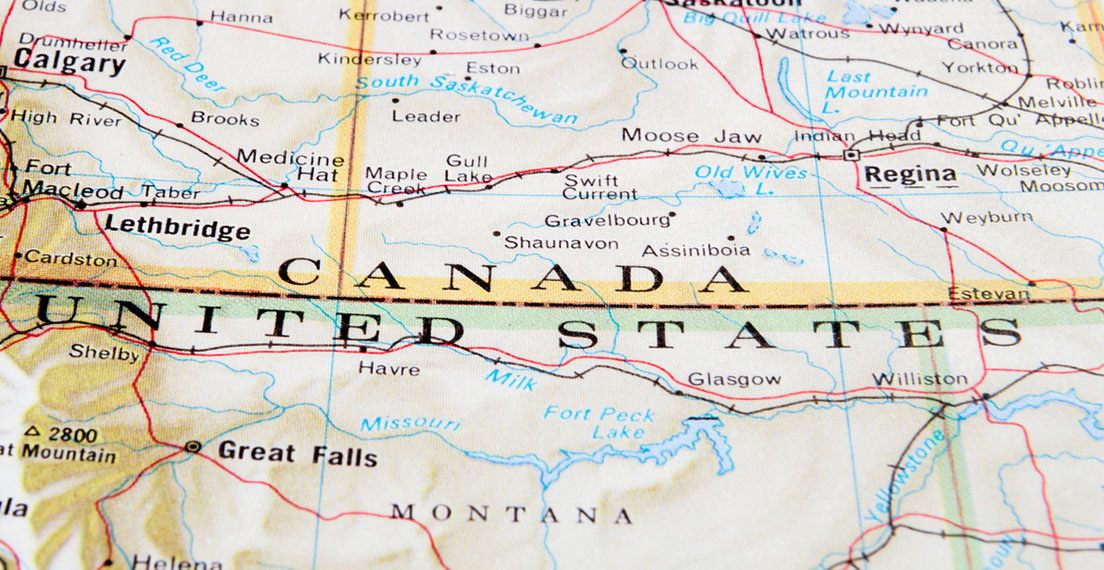USMCA Moving Closer to Reality
By Dalton Henry, USW Vice President of Policy
The U.S., Mexico, Canada Agreement (USMCA) is moving steadily, if somewhat slowly, to becoming an implemented trade treaty. Mexico’s government first ratified the agreement in June 2019. At the request of the U.S. House of Representatives, the agreement was revised and signed again by all three countries in December 2019, after which Mexico’s government voted to ratify the revised agreement. President Trump signed the U.S. implementing language for the agreement in a widely attended ceremony on January 29, 2020. And now, ratification is being considered by Canada’s parliament, a process many trade watchers expect to run through March 2020 at least.
The latest step puts us a mere hop, skip and a jump from having a new trade agreement in place with two of the U.S. agriculture’s largest customers. Most importantly to wheat industry stakeholders, the new agreement moves us past the bold threats of withdrawal from NAFTA and fully protects access to U.S. wheat on a duty-free basis for Mexican customers, modernizes sanitary and phytosanitary (SPS) provisions and removes the largest remaining barrier (eligibility for grades) for U.S. producers who want to sell wheat to Canadian elevators.
On that final point, USMCA assures that U.S. wheat sold in Canada is not automatically graded as feed. It is one of the more significant new provisions in the USMCA. President Trump specifically mentioned it in his remarks at the White House signing ceremony. Western Canadian wheat growers support it.
Under the agreement, U.S. farmers interested in taking wheat across the border will still have to verify that wheat is one of the varieties registered in Canada. But it is worth celebrating that farmers near the Canadian border will have additional local outlets for grain, potential market arbitrage opportunities and a basic fairness between growers on either side of the border. These grain grading changes will give Canada a reprieve from the threat of non-compliance with the WTO’s “national treatment” standard and forces legislative changes that the Canadian government had promised to make for the better part of a decade (but never actually put into place).
Necessary changes in domestic regulations across all three countries are still needed. Those changes will be followed by a 60-day monitoring period to verify the changes are being implemented. An exchange of letters between the three countries is the seal for the deal. Wheat growers and buyers in USMCA – the new NAFTA – are very much looking forward to that day.


